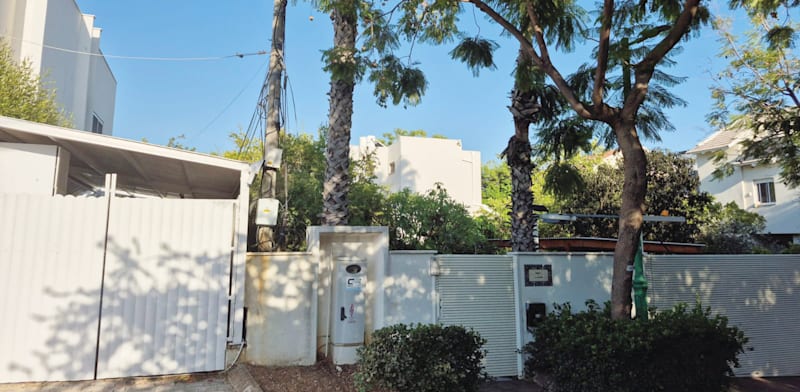Unusual wealth types provide criminals with an avenue for money laundering. Cryptocurrencies, artwork and luxury goods all have properties which make them the perfect vehicle for hiding the true origins of criminal profits.
With these assets hard to value, trace and verify, how can compliance officers spot illegal activity? And what should they watch out for?
Cryptocurrencies
While cryptocurrency transactions do not directly reveal personal identities, the public nature of the blockchain allows for transaction analysis and the potential tracing of funds through careful examination of transaction patterns and blockchain data.
Crypto safeguards anonymity and helps bad actors act undetected or under a false identity. Although the transactions themselves are traceable, due to blockchain, the actors behind them are not.
Blockchain data platform
Chainanalysis found that “illicit transaction volume rose for the second consecutive year [in 2022], hitting an all-time high of $20.1 billion. 44% of 2022’s illicit transaction volume came from activity associated with sanctioned entities.”
It’s no surprise then that, across 600 companies globally,
nearly 70% of individuals working in compliance are worried about the growing threat of money laundering via cryptocurrencies in business, with 41% revealing they had recently detected cryptocurrency-related money laundering schemes.
The reason crypto is so suited for illicit transactions is down to the method of using anonymous browsers such as
Tor to store crypto in mixed wallets like
Coinjoin. This allows illegal funds to be mixed with legitimate sources, layered and then extracted and converted back into real-world funds, clean cash and assets.
The more you know
With such complexity, how can compliance professionals begin to break down and manage the risk that crypto presents? Aside from the enforcement of robust AML processes, providing education about the crypto ecosystem will allow them to spot warning signs
with greater ease.
For example, what steps can compliance officers carry out to verify whether someone who attained wealth through Bitcoin is genuine? Firstly, they should check whether the exchange has a valid licence and is correctly regulated to prevent money laundering,
as well as research the exchange to ensure it’s reputable. They can also request proof of control over their wallet in the form of screenshots. This is in addition to viewing electricity or server bills as proof they actually mined those coins, as a more scrutinous
check, rather than simply accepting a statement from Bitcoin. Or they could ask for proof of local bank statements, depending on whether a client cashed out their Bitcoin.
Artwork
Artwork is a prime example of an item with the capacity to carry vast amounts of value. It is also normal for a piece to change hands multiple times throughout a very long lifetime. This long winding trail provides the perfect opportunity for criminals who
intend to obscure the journey their dirty money has taken.
Moreover, it used to be common for the traders of high-value art to be kept in the dark about who they are buying from or selling to. This was reported on by the
New York Times in 2021, which explained that “billions of dollars of art changes hands every year with little or no public scrutiny”. These deals, shrouded in secrecy, not to mention
the absence of laws which insist on the documentation of sales, prevent authorities from uncovering any dubious details.
This was emphasised in 2020, when a
report by the US Senate revealed “the art industry’s secretive nature allowed art intermediaries to purchase more than $18 million in high-value art in the United States through shell companies linked to Russian oligarchs after they were sanctioned.”
In response the EU and UK introduced new anti-money laundering regulations for the art world. But detangling the web created by legal devices such as shell companies, multi jurisdictional complex entities and tax havens is a significant challenge.
Preventing money laundering
Taking on these obstacles begins by enforcing a robust compliance process with exceptional execution. In addition to identity verification and training, a risk-based approach is your number one defence.
Deloitte provides an assessment framework which provides guidance to sellers and buyers in the art world.
When looking into art-based transactions, compliance professionals need to, first and foremost, consider the type of buyer or seller. For example, an individual collector will prompt different questions compared to an offshore trust. Additionally, attention
should be paid to both the type of artwork and how it is being transacted, whether that’s face-to-face, at an art fair or through a web platform. If information about the origin of the artwork is not well documented, there is a chance it is being used to launder
money.
High Value Goods
In a similar vein to artwork, the luxury goods market lends itself to criminals to launder money and store their wealth. Easily transportable items, like flashy jewellery and fancy cars, can change ownership in a single transaction at huge prices. The value-ambiguous
nature of the market, which takes into account less tangible factors such as brand recognition, rarity and provenance, allows placement via inflated prices and the item itself supports easy layering.
High Value Costs
To mitigate the chance that compliance professionals are fooled by fraudulent activity, they should remain wary of atypical behaviour and look out for common money laundering signs. Firstly, they should be hyper-vigilant when dealing with shell companies
and other complex ownership structures.
Secondly, they should watch out for bad actors who hide their identities by deploying third parties to purchase on their behalf. Furthermore, unusual purchase patterns and the insistence of using cash or wire as payment method should raise suspicions. Finally,
inconsistencies behind a client’s stated occupation or income and their purchasing behaviour can also indicate money laundering.
Finding the light
Uncovering the dark underbelly of unusual wealth types is challenging. This is due to their unique properties. Their complexity, opacity and susceptibility to fluctuations in value means ascertaining beneficial ownership is often harder to come by.
By gaining a deep understanding of the types of threats that exist in their ecosystem and maintaining vigilance towards any abnormal activity, compliance professionals can enhance their ability to effectively combat money laundering. Ultimately, the nature
of money laundering dictates that professionals won’t be able to catch everything. But with the right processes in place, compliance professionals can ensure those with malicious intentions do not succeed.







































